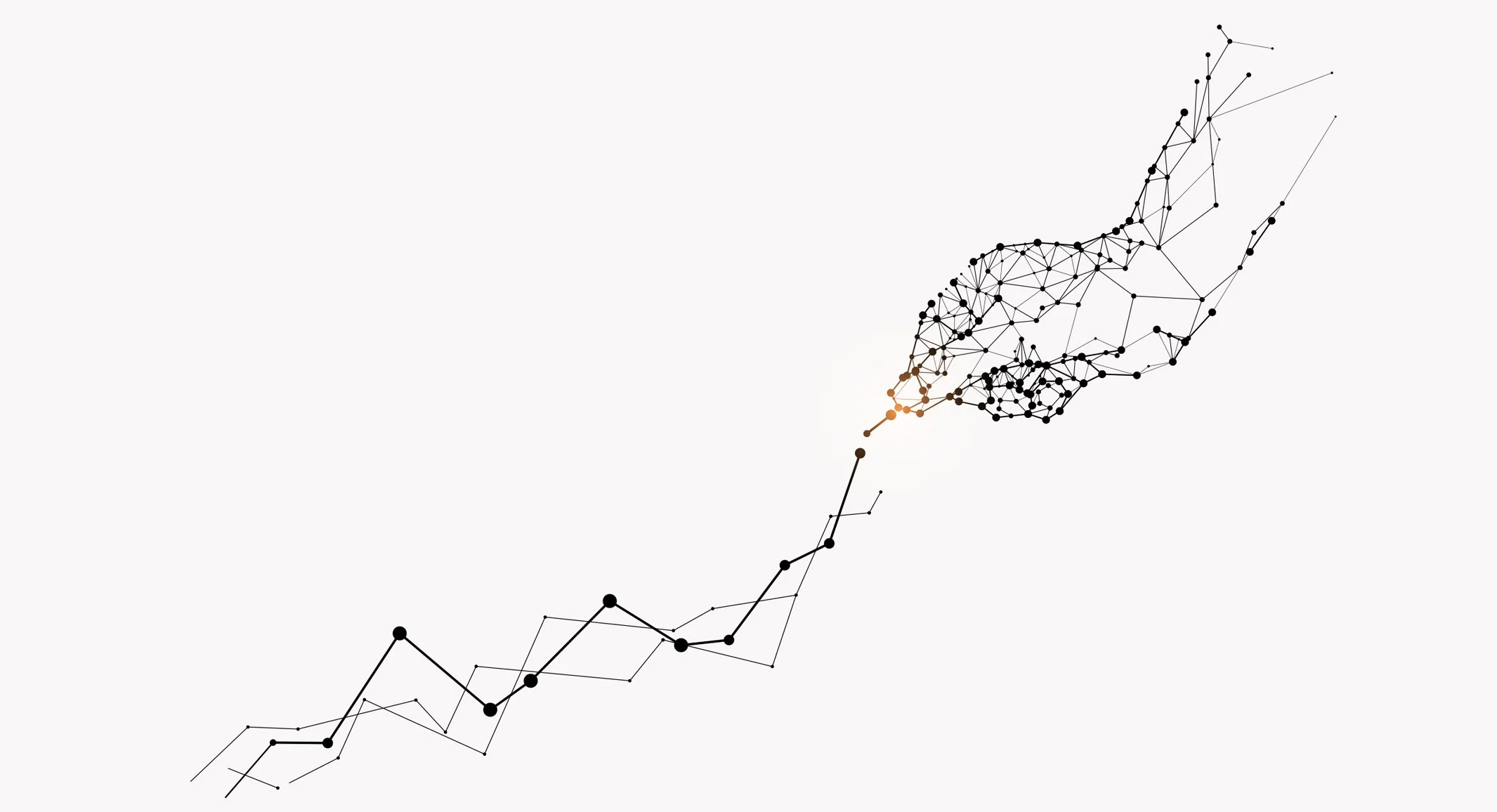After starting my career as a financial advisor in the mid-'90s, I learned pretty quickly how crucial wise counsel could be in times of crisis. About this time 20 years ago, the "dot-com" bubble burst sending the Nasdaq Composite stock index down nearly 80%. Around that same time, September 11, 2001, happened, which changed cockpits on planes and screening at airports forever. In the days after September 11, we waited anxiously for the markets to re-open (which they finally did the following Monday.) Finally, I rode shotgun with the rest of the world through the financial crisis, which took the markets down over 50%, with some industries getting hit much harder than others.
What I learned during these times of crisis, is to take a levelheaded "barbell" approach to manage decisions for clients, my company, and my family. So, what does a "barbell" approach look like? On one end of the barbell, is your job, your checking and savings account. On the other end of the barbell is life back to normal and managing long term accounts such as college savings and retirement.
Examples of Advice we are Sharing with Clients
As an example, we work for a family whose breadwinner is a surgeon. They have six months of savings in their checking account, but virtually no income planned from work for the next six months. So, what do we recommend? For them, we will raise enough cash to get them through the year with all bills paid, and a lifestyle they are accustomed to living. They are going to delay making college savings payments with a plan to catch-up later. They are also going to delay making any non-critical purchases until the dust settles on the current pandemic. We are not recommending making any changes to their accounts outside shoring up their short term cash reserves because their job and income have changed—as such, raising cash is a necessary step.
In another example, I spoke with a client in underground construction. His wife is in the medical profession. He sees his income staying the same as there is a need for their work regardless of external circumstances. On the flip side, her salary is in question for the next six months. So, what are they doing and what are we recommending? First, because they are nearing retirement, half of their portfolio has been in bonds and cash. They have six months of cash-on-hand and another decade worth of safe investments. Their short- and medium-term cash needs are taken care of, so now we are looking at the question of retirement. For now, doing retirement planning does not make sense, given we are unclear as to how long the current financial crisis will be at play. What we do know is that we will have much better information six months or even a year from now, and at that point, planning for the long term will make sense once again.
Lessons learned from past crisis management
The best advice we can offer right now is to make sure you take a barbell approach to manage your financial affairs. The only short term market-related decisions we are recommending are ones that take care of creating a buffer to supplement disruptions in cashflow and job-related income. If you need to raise cash, think about how much you spend monthly, and cover yourself for a year. If, on the other hand, your job is stable, and cash on hand is plentiful, do not touch your accounts, sit tight, be thankful for the position you are in right now.
As new information comes out about COVID-19, we will be offering our advice and counsel through our blog here. We have a great team of certified financial planners, CPAs, and other subject matter experts that are actively posting financial guidance and recommendations for Human Investing clients—of which we are happy to share with the public in these challenging times.






























































